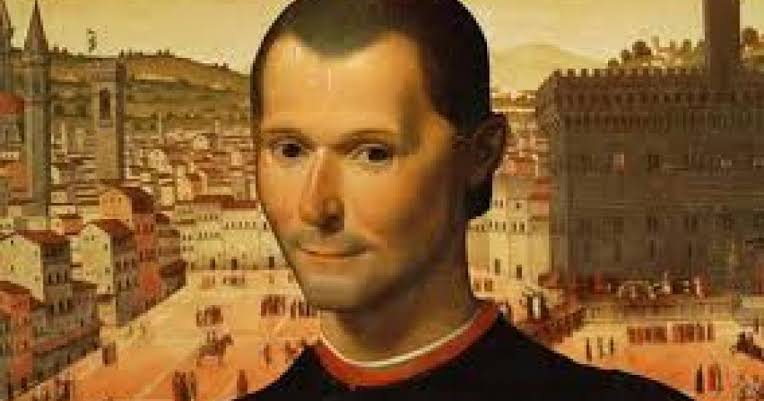The Dutch Golden Age was a period of significant cultural, economic, and scientific growth in the Netherlands during the 17th century. The Dutch Republic emerged as a major European power and became a center of trade, commerce, and innovation. This period saw a remarkable surge in artistic, scientific, and philosophical advancements that had a lasting impact on Europe and beyond. In this essay, we will examine how the Dutch Golden Age influenced art, science, and philosophy in Europe.
Art:
The Dutch Golden Age was marked by an explosion of artistic creativity, with artists such as Rembrandt van Rijn, Johannes Vermeer, and Frans Hals producing some of the greatest works of the era. The artists of the Dutch Republic developed a distinctive style that focused on everyday life, landscapes, still lifes, and genre scenes. They used a technique known as chiaroscuro, which emphasized the use of light and dark shades to create a sense of depth and realism. Dutch art was also characterized by its attention to detail, intricate composition, and vivid colors.
Dutch art was highly valued and influential throughout Europe during the Golden Age. Many Dutch artists traveled to other European countries, and their works were sought after by wealthy patrons. The Dutch style also had a profound impact on the development of Baroque art, particularly in Italy and Spain, where artists like Caravaggio and Diego Velázquez incorporated Dutch techniques into their own work.
Science:
The Dutch Golden Age was also a period of significant scientific progress, with scholars like Christiaan Huygens, Antonie van Leeuwenhoek, and Johannes Hudde making groundbreaking discoveries in fields like physics, astronomy, and microbiology. Huygens, for example, developed the wave theory of light, which laid the foundation for modern optics. Van Leeuwenhoek invented the microscope and was the first person to observe bacteria, protozoa, and other microorganisms.
Dutch scientists were highly regarded throughout Europe, and their work had a profound impact on the scientific community. The Dutch Republic was home to several scientific societies, including the Royal Society of Amsterdam, which was founded in 1752 and played a key role in promoting scientific research.
Philosophy:
The Dutch Golden Age was also a period of significant philosophical development, with scholars like Baruch Spinoza, Hugo Grotius, and René Descartes making groundbreaking contributions to the field. Spinoza, for example, developed a new system of metaphysics that challenged traditional religious beliefs and argued for a pantheistic view of God. Grotius, on the other hand, developed a new theory of natural law, which had a significant impact on international law.
Dutch philosophy was highly influential throughout Europe, and its ideas helped shape the Enlightenment, which was a cultural and intellectual movement that emphasized reason, science, and individual liberty. The ideas of Dutch philosophers were also instrumental in the development of liberalism, which is a political ideology that emphasizes individual rights, free markets, and limited government.
In conclusion, the Dutch Golden Age had a profound impact on art, science, and philosophy in Europe. Dutch artists developed a distinctive style that was highly valued and influential throughout the continent. Dutch scientists made groundbreaking discoveries that had a lasting impact on the scientific community, and Dutch philosophers developed new ideas that challenged traditional beliefs and helped shape the Enlightenment. The legacy of the Dutch Golden Age continues to be felt today, and it remains a testament to the power of human creativity, innovation, and progress.












